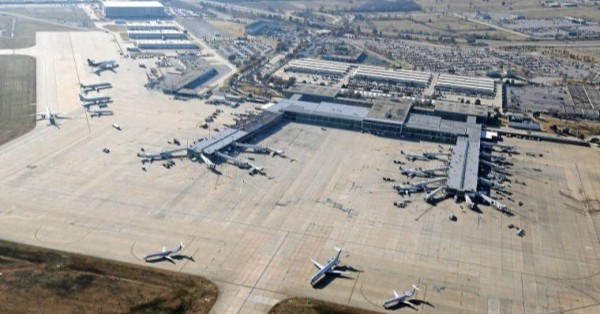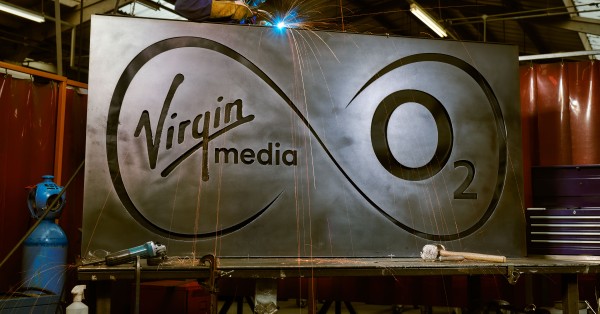M1 and its subsidiary, AsiaPac Technology (AsiaPac) have joined forces with Keppel Data Centres to offer 5G Standalone (SA) connectivity and edge computing solutions for the National Museum of Singapore as well as the Children’s Museum Singapore. This collaboration will revolutionize how visitors experience these iconic places.
The National Heritage Board (NHB) is taking big strides toward bringing 5G technology to the rest of Singapore’s national museums and heritage institutions. By leveraging M1’s ultra-high bandwidth, low latency, and hyperconnectivity capabilities, museums can create exciting experiences for their visitors with interactive features that will surely add new layers of engagement to each museum experience.
By utilizing Keppel DC’s data center colocation and Multi-Access Edge Computing (MEC) infrastructure, museums can quickly acquire data from every touchpoint to create more tailored and personalized exhibits.
Museums can now offer unparalleled, customized experiences through cutting-edge technologies such as Augmented Reality (AR), Virtual Reality (VR) artworks, 3D holographic displays, and 4K ultra-high-definition remote video tours. These advances will undoubtedly increase engagement like never before.
Manjot Singh Mann, CEO of M15G is rapidly becoming the global standard for mobile communications and its possibilities are boundless. By merging edge computing with it, this technology has been equipped to support complex programs and offer high-definition audio-visual experiences on a real-time basis so that museums can upgrade their cultural attractions successfully. With the introduction of 5G technology, museums and heritage institutions have a unique opportunity to revolutionize their role in preserving history and making it more vivid for visitors. We are delighted to partner with the National Heritage Board at M1 and AsiaPac along with Keppel DC, enabling a new level of interactivity within these museums.
We’re glad to have M1 as our partner in revolutionizing the museum experience for visitors. Utilizing cutting-edge technologies such as 5G, Artificial Intelligence and edge computing, we are now able to give guests innovative and engaging ways to engage with our displays when they come into the museum. Mohamed Hardi, Director of Information Technology Division & Chief Information Officer at NHB. We are thrilled to continue innovating and provide tech-powered experiences to more people in the future. By utilizing 5G technology within Singapore’s heritage sector, not only will we be one step closer to becoming a Smart Nation, but also bring this vibrant city into the hyperconnected future.






























